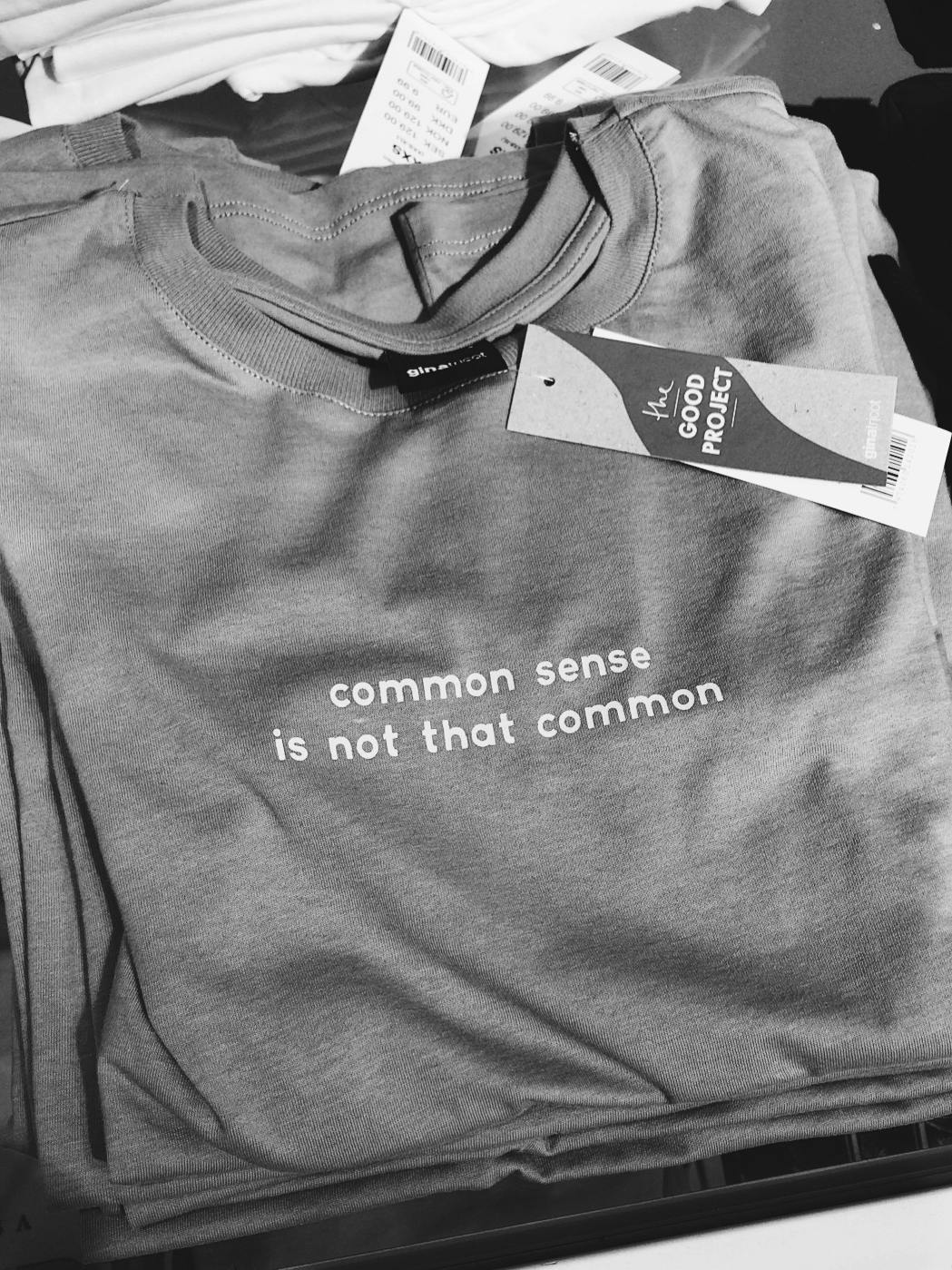
That’s a microbetrayal. It’s not a scandal. It’s not a headline. It’s a paper cut to the trust you were just about to hand over. Annoying but manageable. Until it isn’t.
The High Cost of Microbetrayals
You ever buy a concert ticket, get all the way to checkout, and then—surprise—there’s a “convenience fee” that costs more than the band’s last album? It’s not enough to make you scream. But it’s enough to make you mutter, “Seriously?” and silently vow never to trust that site again.
You still go to the concert. You still enjoy it. But the brand that sold you the ticket? Dead to you.
That’s a microbetrayal.
It’s not a scandal. It’s not a headline. It’s a paper cut to the trust you were just about to hand over. Annoying but manageable. Until it isn’t.
Because first comes the salt.
Then, a little vinegar.
Then, somehow, fire ants.
And suddenly, that harmless paper cut becomes the reason you stop trusting a brand entirely.
That’s how loyalty erodes. Not in big moments, but in a series of tiny stings you barely notice until your patience is gone and you’re Googling competitors.
In Part 3 of The Loyalty Problem, we explored the role of trust in brand loyalty—and how fake transparency and surface-level gestures erode that trust faster than most brands realize. This post zooms in on the really sneaky stuff: the small, subtle betrayals that feel personal even when they’re baked into the system.
Because most loyalty isn’t lost in a dramatic storm; it’s lost in the quiet, itchy aftermath of a hundred little bites.

What’s a Microbetrayal?
A microbetrayal is a small, trust-eroding moment that chips away at your relationship with a brand. It’s not big enough to make headlines, but it is big enough to make you pause, sigh, roll your eyes, or quietly decide not to come back.
These aren’t product failures or full-blown scandals. They’re the tiny disconnects between what a brand says and what it actually does.
The email that promises “your order has shipped” when all that’s happened is someone printed a label.
The site that says “free trial,” but then asks for your credit card up front and buries the cancel button under three layers of passive-aggressive form fields.
The brand that swears it cares about sustainability—then wraps your single item in enough packaging to smother a goat.
Each one is small. But each one costs something.
It costs confidence. It costs patience. It costs a little sliver of the goodwill you were building up toward that brand.
And the danger isn’t in one microbetrayal. It’s in the accumulation. Because one cut you can forgive. Two, maybe. But when you start noticing a pattern—when the cuts keep coming, when the ants show up—you stop making excuses.
You stop trusting.
And just like that, what could’ve been a long-term relationship turns into a one-time interaction. The brand doesn’t know it yet, but the break-up has already happened. Quiet. Unannounced. Final.
Why They Matter
Most brands don’t notice microbetrayals. That’s part of the problem.
From the inside, they’re just little things. Just a minor delay. Just a checkout nudge. Just a phrasing tweak. Nothing to lose sleep over.
But from the customer’s side? It’s not just one thing. It’s one more thing. One more moment where the brand said one thing and did another. One more reason to feel like you’re being nudged, manipulated, or treated like a number.
And the worst part? Microbetrayals don’t provoke rage. They provoke detachment.
You don’t write a review. You don’t call customer service. You just feel a little less connected. A little more skeptical. A little more willing to click on that other ad you just saw for a brand that hasn’t disappointed you—yet.
These moments matter because they erode emotional equity. The goodwill you’ve built. The benefit of the doubt you were getting. The sense that “this brand gets me.”
They create what we might call the meh effect—where customers stop feeling excited, invested, or even particularly interested in your brand. It’s not an explosion. It’s a fade-out.
And once someone hits meh, they’re already halfway out the door.
That’s why these little moments deserve more attention than they get. Because they’re quiet, but they’re cumulative. And they’re exactly what’s standing between “we’re building loyalty” and “why does no one come back?”

Common Microbetrayals in Branding and UX
These aren’t crimes. These are infractions. Little off-key notes in the customer experience symphony. Most brands have at least a few of these tucked somewhere in their flow—and they might not even realize it.
But your customers do.
Hidden fees at checkout
The price looks good. You add to the cart. You click through. Suddenly, there’s a $9.47 “processing fee” and a $3.12 “handling fee” and something called a “digital compliance offset.” What does that even mean? It means the customer just bailed.
"Your order has shipped!” (It hasn’t)
This one’s classic. The tracking link takes you to a label that’s been printed, but the package is still chilling on a shelf. You told them it shipped. They told their brain to get excited. And now you’ve created a gap between expectation and reality—and a slight sense of betrayal.
Urgency that’s clearly fake
“Only one left in stock!” on every single product you sell? Come on. Or better yet: “This offer expires in 10 minutes!” which, shockingly, resets every time you refresh the page. Customers aren’t stupid. And once they catch the trick, they start second-guessing everything else you say.
Pop-up overload
You land on the homepage and immediately get hit with a pop-up for the newsletter. Then a discount. Then, a chat window. Then another offer if you try to leave. It’s like being invited to a party and getting tackled at the door by five overly enthusiastic hosts with clipboards.
“Personalized” emails that aren't
“Hey [First Name], based on your recent purchase of toothpaste, we thought you’d love this... printer.” Algorithms are great—until they aren't. And when “personalization” feels random, irrelevant, or invasive, it stops building trust and starts feeling like a glitchy surveillance experiment.
Inconsistent tone across touchpoints
Funny and friendly in your ads. Cold and robotic in your support replies. Clever on Instagram. Vague and legalese-heavy on your website. It’s whiplash. And customers feel it. When the tone shifts based on department or channel, it stops feeling like a brand and starts feeling like a committee.
"We care" copy with zero action
Everyone says they care. About customers. About sustainability. About inclusion. But if the shipping is wrapped in plastic, the help center feels like a maze, and your returns process involves printing, faxing, and possibly time travel—it doesn’t matter what the copy says. It’s a promise broken before it began.
These aren’t brand-ending offenses on their own. But each one creates a crack. A splinter. A tiny moment of dissonance.
And customers don’t leave because of one crack. They leave because the foundation no longer feels solid.

The Emotional Toll
Microbetrayals don’t usually make people angry. They make people uneasy. They shift the relationship from “this brand gets me” to “this brand sees me as a transaction.” And once that emotional shift happens, it’s incredibly hard to walk back.
It’s not just about disappointment—it’s about a break in the vibe.
Customers want to trust that when they interact with a brand, they’re being treated with respect. That the brand values their time, their money, their inbox space. A microbetrayal—even a tiny one—signals the opposite. It says, “We’ll do what we want, and we’re counting on you to be too lazy or too distracted to care.”
That doesn’t just erode trust—it creates emotional distance.
And emotional distance is a loyalty killer. People stop recommending you. They stop engaging with your content. They skim your emails instead of reading them. They don’t even notice your ads. It’s not backlash—it’s indifference, which is worse. At least backlash means they cared once.
Microbetrayals also make people feel manipulated. And once a customer senses they’re being manipulated, they mentally start protecting themselves. They stop clicking. Stop trusting. Stop listening. And when they do buy again, it’s with a kind of detachment—“I’m here because it’s convenient, not because I like you.”
And no brand survives on that kind of loyalty.
Not for long.
The Opportunity: What to Do Instead
The good news? Microbetrayals are avoidable. And better yet, the fix isn’t complicated. It’s not a full rebrand or a soul-searching marketing retreat in the woods. It’s simply about making small choices that build trust instead of draining it.
Here’s how to get started:
Respect the truth—even when it’s boring
If the order hasn’t shipped yet, don’t say it has. If there are five items left in stock, say that—not one. Customers can handle reality. What they can’t handle is being misled, even if it’s just a little.
Dial down the manufactured urgency
Limited-time offers are fine. But if everything is limited-time, then nothing is. Urgency only works when it feels real. Otherwise, you’re just training people not to believe you.
Rethink your pop-up parade
One well-timed pop-up is helpful. Five stacked on top of each other is a cry for help. Give people space to explore before bombarding them with requests, coupons, and confetti cannons.
Clean up the checkout
If there are fees, say so up front. If there’s shipping, be clear about when and how. Customers appreciate honesty, even when it’s not in their favor. Because now they can make an informed choice—and that makes them feel empowered, not ambushed.
Audit your tone across every channel
Your ads are charming. Your order confirmations read like they were written by a moody vampire. Fix that. Align the tone and keep it human. A consistent voice builds confidence. Inconsistency builds suspicion.
Make personalization actually personal—or don’t bother
If you don’t have the data or the infrastructure to get it right, skip it. A well-written, general message feels more personal than a misfired “You might like this” recommendation that makes no sense.
Treat small moments like they matter—because they do
A seamless checkout, a sincere support reply, a confirmation email that makes someone smile—these aren’t filler. They’re the moments loyalty is built. Not because they’re flashy but because they feel good.
This isn’t about being perfect. It’s about being honest. Being clear. Being consistent. Because when customers feel like they don’t have to second-guess you, they start trusting you. And once trust shows up, loyalty isn’t far behind.

Summing Up
Microbetrayals are quiet. That’s what makes them dangerous. They don’t spark outrage. They don’t trend. They don’t show up on dashboards.
They just... accumulate.
Each little moment—a misleading message, a frustrating checkout, a lazy email—adds weight to the customer's internal scale. And eventually, that scale tips. Not because of one big misstep but because the little stuff kept piling up, and nobody cleaned it up.
Loyalty doesn’t disappear with a bang. It slips out the back after one too many “ugh, really?” moments.
But the upside? These moments are fixable. Avoidable. Replaceable with something better.
Because while this piece has focused on the cracks in the system, the next one focuses on the brands that got it right. The ones that didn’t just avoid microbetrayals—they built something strong in their place. Trust. Relevance. A reason to come back.
In Part 4 of The Loyalty Problem, we look at the MVPs of modern loyalty—the brands that aren't just surviving but creating real connections without shouting, bribing, or pretending.
Let’s step out of the damage... and into the blueprint.

